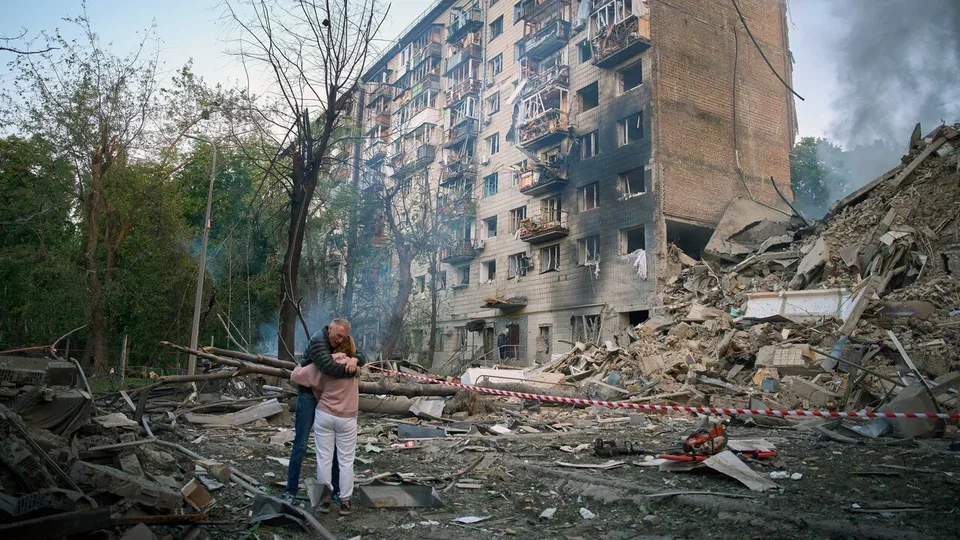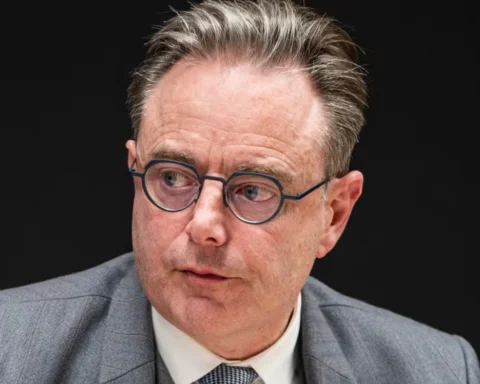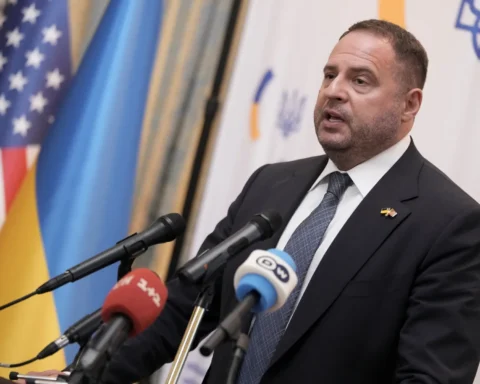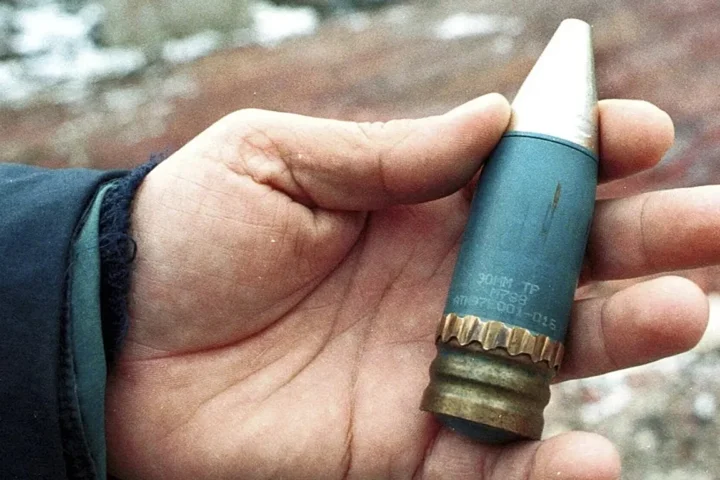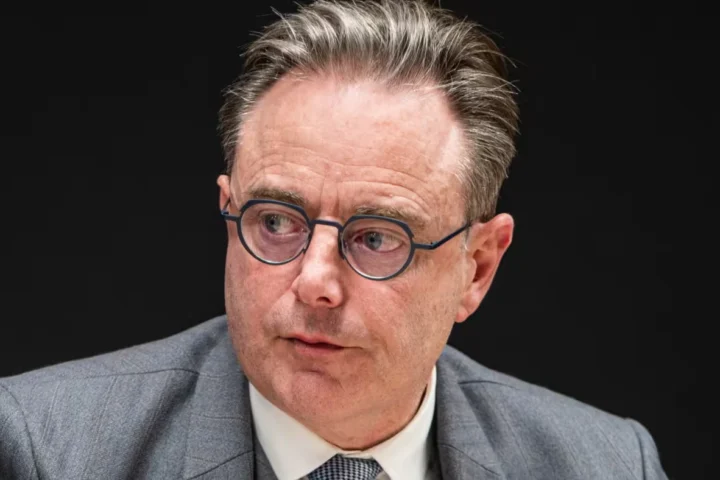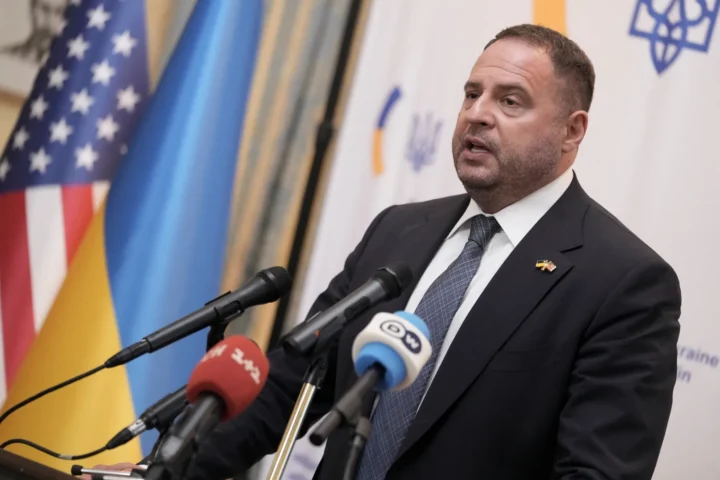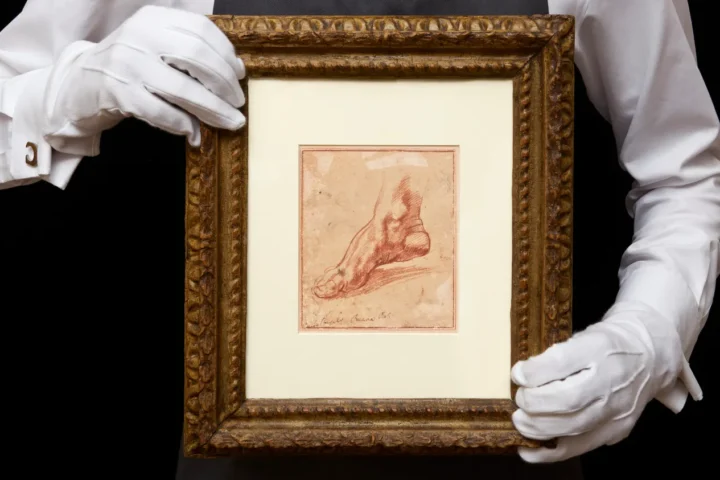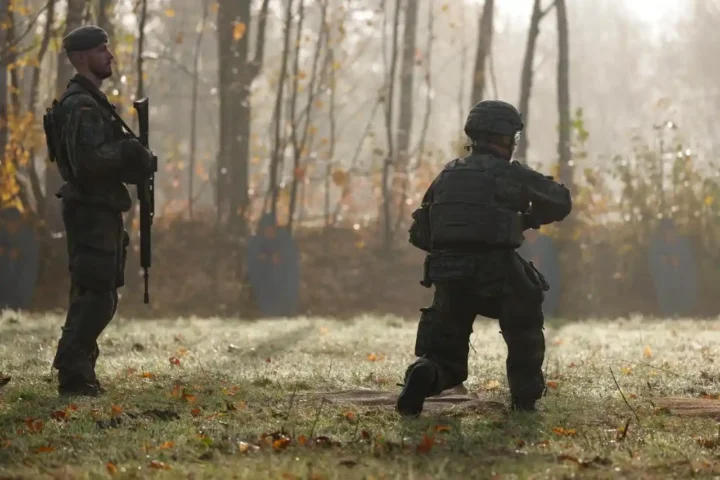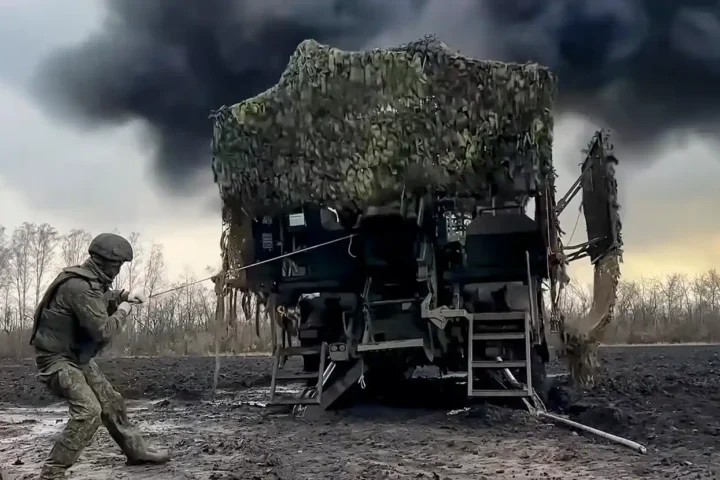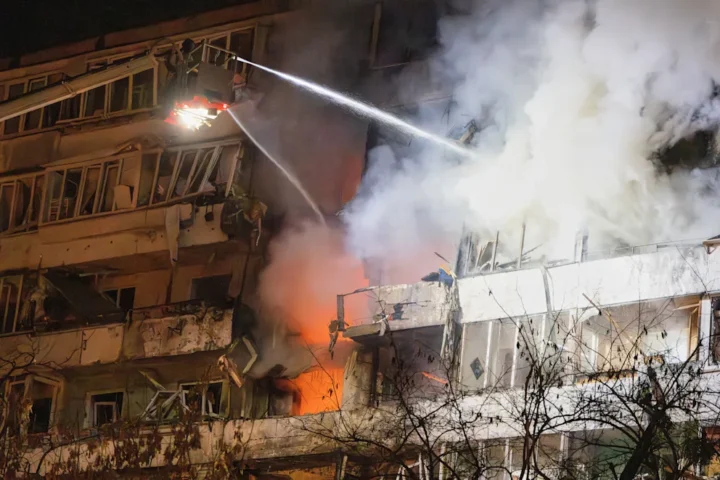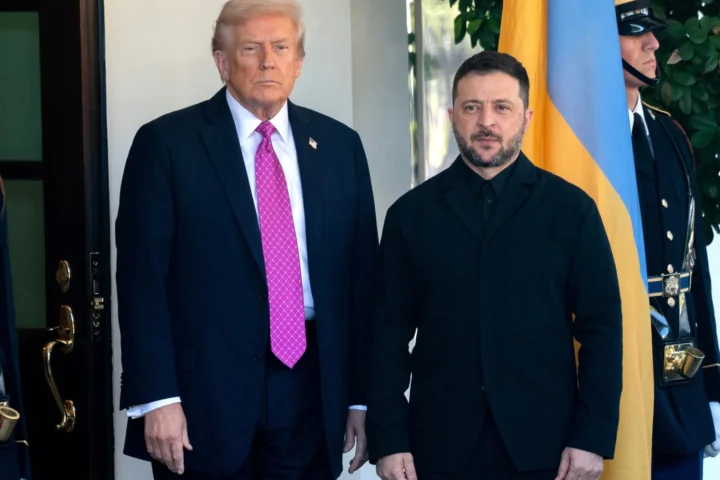President Donald Trump’s sudden U-turn on military aid to Ukraine was a clear humiliation for the Pentagon — and a surprising, if temporary, victory for common sense. According to The Economist, Trump’s July 7th decision to resume arms shipments stunned both U.S. allies and the Department of Defense.
Earlier this July, the Trump administration abruptly halted weapons deliveries to Ukraine, alarming Kyiv and European capitals alike. But just a few days later, Trump reversed that decision. “We are going to send some more weapons. We have to. They have to be able to defend themselves. They’re getting hit very hard now,” he declared during a White House dinner held in honor of Israeli Prime Minister Binyamin Netanyahu. Almost immediately afterward, the Pentagon confirmed it would deliver “additional defensive weapons.”
Who Was Behind the Halt in Aid to Ukraine
Notably, sitting at the same dinner table was Defense Secretary Pete Hegseth — the very man who had ordered the aid to be paused. Alongside him was Elbridge Colby, Undersecretary of Defense for Policy, a long-time advocate for redirecting U.S. resources away from Europe and the Middle East toward the Asia-Pacific.
The Pentagon framed the pause as a logistical necessity to assess U.S. stockpiles. “We can’t give weapons to everybody all around the world,” said Pentagon spokesman Sean Parnell on July 2nd. But as The Economist points out, that explanation was misleading at best. Yes, many Western nations are running short on air-defense systems like the Patriot, but the weapons being sent to Ukraine now are sourced from defense contractors’ production lines, not U.S. military stockpiles. And notably, there was no comparable interruption in weapons deliveries to Israel — even though both the U.S. and Israel recently expended a large number of air-defense interceptors in a 12-day war with Iran.
Parnell continues to argue that “the global evaluation process for military shipments remains in effect and reflects our America First defense priorities.” This could imply that some shipments to Ukraine might still be delayed. Regardless, the fact that the president publicly reversed a Pentagon policy is a humiliation for its civilian leadership.
According to The Economist, on July 4th — just three days before the reversal — Trump called Ukrainian President Volodymyr Zelensky and claimed he hadn’t even been aware that the weapons had been halted. This episode underscores a broader truth: even Trump’s closest allies cannot predict his moves. “America First” means whatever Trump says at the moment, not what his ideologues believe it to mean.
Fear of Ukraine’s Collapse as a Motivating Factor
That same evening, Trump again expressed frustration with Russian President Vladimir Putin, saying the Kremlin leader still refused to entertain the idea of a ceasefire. “I’m disappointed, frankly, that President Putin hasn’t stopped,” Trump said. Until now, he had tried to lure Putin with diplomatic overtures and promises of lucrative deals. But this time, as The Economist notes, Trump chose — if only modestly — to wield the stick rather than the carrot.
The decision to resume military assistance is, undeniably, a triumph of common sense. Ukraine has recently endured some of the most intense drone and missile attacks since Russia’s full-scale invasion began. Halting deliveries of Patriot systems and other air-defense weapons was tantamount to giving Moscow free rein to escalate its campaign without consequences.
That said, this reversal doesn’t mean Trump has suddenly thrown his weight behind Ukraine. The renewed weapons flow merely restores the previous status quo, where support was gradually winding down rather than cut off abruptly. Nearly all the weapons now reaching the front lines were pledged under President Joe Biden. Those supply lines were already scheduled to run dry by the end of 2028.
Since returning to the White House in January 2025, Trump has made no new commitments to arm Ukraine. Tens of billions of dollars in aid authorized by Congress last year remain unspent. The new Republican-controlled Congress has also declined to pass additional assistance. Moreover, Trump’s recently signed “big beautiful” tax-and-spending bill contains not a single dollar for Ukraine. Even the relatively small Ukraine allocations in the Pentagon’s regular budget are set to be slashed under the administration’s 2026 fiscal year request.
At best, one can say that Trump may be realizing he’s being played by Putin. Though he still dreams of a “grand bargain” with Moscow, The Economist argues he’s slowly waking up to the geopolitical risks. He doesn’t want to spend more to help Ukraine win, but he also doesn’t want Ukraine to collapse on his watch. Trump likely understands that Ukraine’s defeat would represent a greater blow to U.S. global standing than the 2021 fall of Afghanistan after the American withdrawal — an event Biden never recovered from, and which Trump never stops using to attack him.
Now, the spotlight is on Trump himself. And while reluctantly, he has taken a step in the direction of reason. The only question is — for how long?
This article was prepared based on materials published by The Economist. The author does not claim authorship of the original text but presents their interpretation of the content for informational purposes.
The original article can be found at the following link: The Economist.
All rights to the original text belong to The Economist.


